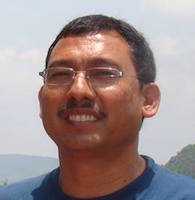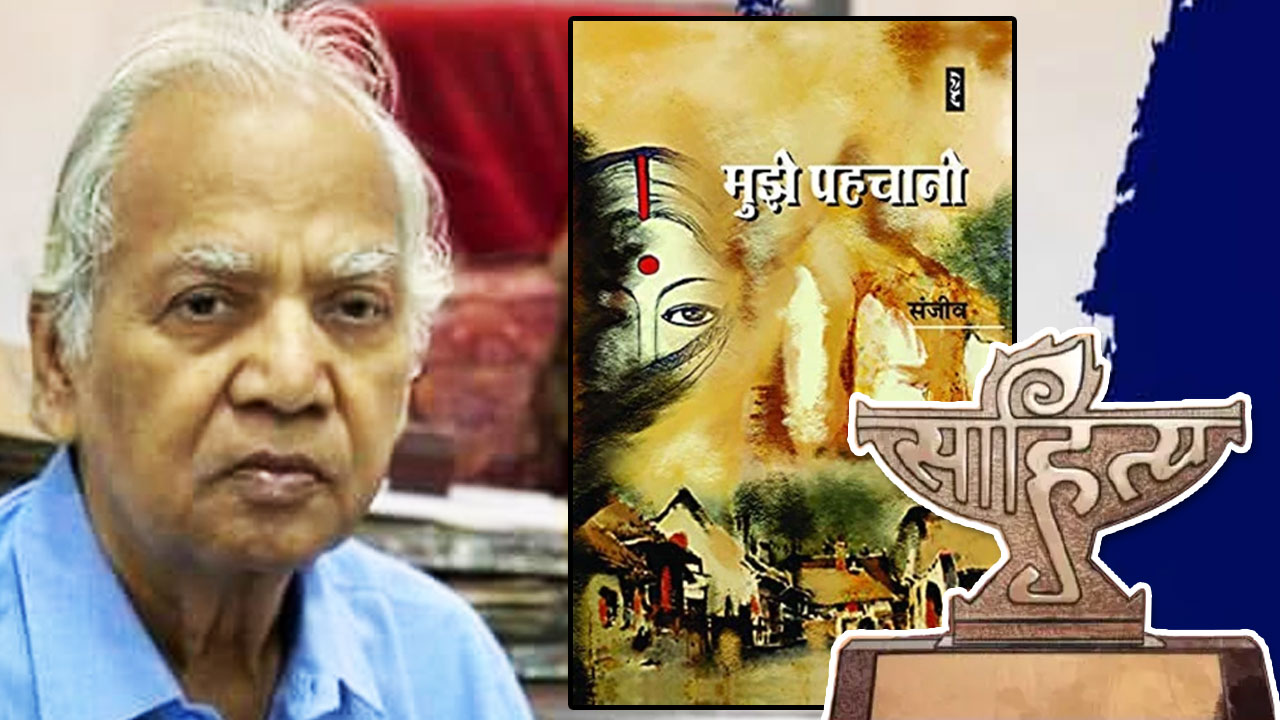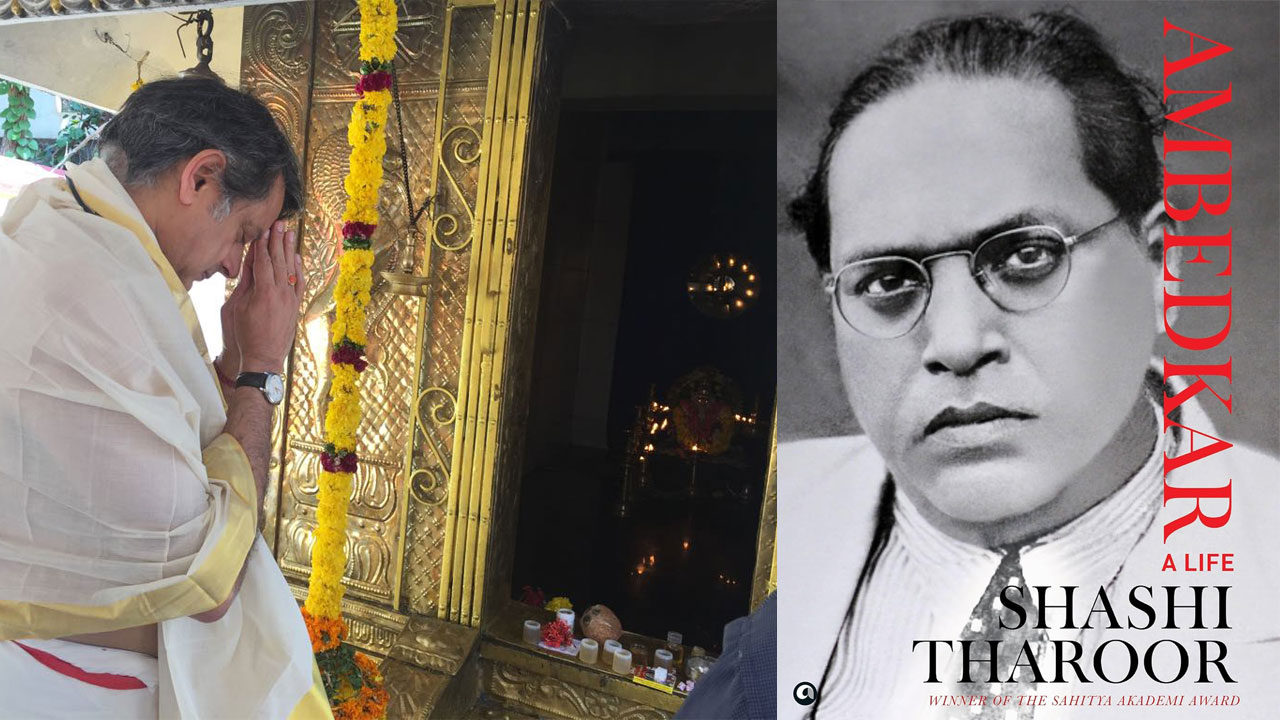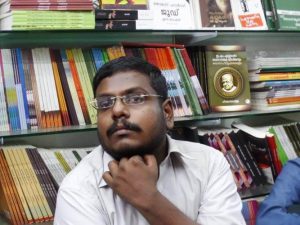
The Dalitbahujan youth are challenging the brahmanical, hegemonic narratives today. Not only are they being empowered by the thoughts of Ambedkar, Phule and Periyar but are also taking inspiration from their friends who have been supporting and participating in the global resistance movement against culture of monopoly and private control over the public resources. The poetry of Chandramohan S. reflects the brilliance of his thought process and the rebel inside him. The sheer diversity and variety of issues that he has taken up shows his concern for human values that transcends the boundaries of nation state, caste, class, gender and religion. Only a true humanist can do so. He has not just spoken against caste violence and untouchability but dealt with subjects like gay rights, Soni Sori’s suffering and defiance, Irom Sharmila’s long fast, Muzzaffarnagar riots and the unfair globalization. In his article on Changing landscape of Indian literature, K Satchidanandan wrote, “Writers like U.R. Ananthamurthy who had earlier complained that there is no Dalit writing in English and there cannot be are likely to be proved wrong very soon by writers like Meena Kandasamy and Chandramohan S. emerging on the scene and many more certainly in the making.”
The whole country shouted aloud for Nirbhaya and the establishment responded with a Nirbhaya Act. But the news of rape and murder of Dalit or Tribal girls does not prick our conscience. There is no protest, no dharnas for the safety and security of the Adivasi girls who are victim of the highhandedness of our security agencies in Bastar. His poem Rape of a Tribal Girl exposes the double standards that we, our intellectuals, and the media employ.
No newspaper carried a headline or a photo feature,
No youth were roused to protests,
No city’s life came to a standstill,
No furore in the parliament,
No nation’s conscience was haunted,
No Prime Minister addressed the nation,
No TV channel discussions,
No police officials were transferred or suspended,
No candlelight marches,
No billion women rising,
A tribal girl was raped and murdered!
Migration results in loss of identity and a majority of those who migrate to cities are Dalitbahujans. Chandramohan explains it beautifully in his poem Black Migratory.
Birds Migratory birds
most of them have dark feathers
sing mostly Bhojpuri, Bengali, Odiya
fly towards floating clouds
lives lost in transit
Chandramohan’s vocabulary is not limited. Rather, he possesses an extraordinary ability of weaving his narratives with the fewest words. As a poet, his worldview is as wide as possible, as well as modern in keeping with Ambedkar’s vision of an enlightened India. He says we need to counter the brahmanical narrative by questioning it and demolishing the myths built around it. Therefore, Khap Panchayats and killings of innocent lovers in the name of tradition and morality come under sharp attack in his verses.
Moral Police
when lover couple
hid in a hood of a tree
they chanced upon love letters
some of them half burned
some of them centuries old
along with a picture of Shoorpanaka
sans her nose, ears and breasts!
Capitalism and religious fanaticism work together and complement each other. In India, capitalism has come handy for Brahmanism to push its agenda to suck our resources and subjugate Bahujans further. All this makes for an excellent narrative in his poetry, A Neo-liberal Miscarriage.
Every drill driven into the earth
for oil punctures
holes into her womb
gangrenes of depletion
mushrooming clouds of subatomic fury
a miscarriage of neo-liberal development
His poem History says that every ‘historical document’ with brahmanical constructs need to be questioned and rewritten by Bahujan historians.
What is history?
It’s a declamation
delivered on a podium
on a pedestal that rusts away
My poems are steel arrows
that pierce the podium from below
Ambedkarite scholar Rohith Vemula’s institutional murder agitated all the right-thinking people in India, particularly those hailing from Dalitbahujan communities. The incident actually exposed the brahmanical structure in our campuses. In this context, Chandramohan talks about the student suicides in his poem, Killing the Shambookas.
Jim Crow segregated hostel rooms,
Ceiling fans bear a strange fruit,
Blood on books and blood on papers,
A black body swinging in mute silence,
Strange fruit hanging from tridents
ABOUT THE POET
Chandramohan S. tells Vidya Bhushan Rawat about himself.
Childhood and parents: I was born in Palakkad, a district in Kerala bordering Tamil Nadu. Palakkad remains merely my native place. My father was a bank officer and my mother a housewife. I can claim to be third-generation English literate. My grandfather was an employee of the postal services and he could read, write and speak English. We have been a bit fortunate to be educated and enjoy government jobs.
Education: Since my father was in a transferable central government job, I was schooled in English-medium Kendriya Vidyalayas. Later, on I joined the bandwagon to do engineering. All of these institutionalized education did very little to awaken my spirit to channelize some of my energy towards building an understanding of doing something for people in the margins. Ambedkar, Martin Luther King, Nelson Mandela rarely gets even a passing mention in the syllabus whereas Gandhi is eulogized to the point of making us uncomfortable.
As part of a reading assignment, a friend of mine had suggested The Invisible Man by Ralph Ellison. This book had a profound impact on me. I heard the word “Dalit literature” from my teacher for the first time then. Apart from in poetry, Dalit literature is literally on the margins in Kerala.
Inspiration: Up to this point in time, the best inspiration for me is Meena Kandasamy. She has introduced us (English-speaking Dalitbahujans) the subversive power of language, how poetry can provoke some revolutionary changes in our lives. Her YouTube page had this word “Caste provocateur”. I think she remains the only writer who writes in English on themes that concern Dalits and other oppressed people and claims a caste ancestry similar to that of mine.
There is no dearth of English-literate middle-class Dalits hailing from the state of Kerala, but it was Meena who took the pains to write the biography of Ayyankali in English. She has been an outspoken spokesperson for the opposition to the establishment, be it the Dalits, or the working class, or women.
Some paintings and writings of Ajay S. Sekhar, a young cultural critic and academic based in Kerala, has inspired my literary activism. He had excelled at critiquing the saffron fascist hegemony in cultural spaces.
I have been appreciated and encouraged by senior poets like K. Satchidanandan, Jaydeep Saarangi, Neerav Patel, Ananya S. Guha and Subodh Sarkar.
The forces fighting the neo-liberal establishment in India has also found a friend in me. A reputed Australian magazine named Green Left Weekly had carried my anti-war poem on Gaza conflict.
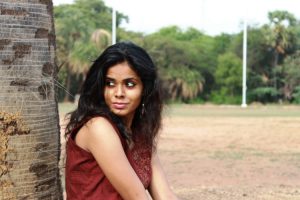
Role Models: My role models in Indian English poetry are Vivek Narayanan, Michelle Cahlil and Meena Kandasamy. They seem to have a sharp sense of purpose in their writing in addition to their mastery over the craft of poetry. I am a big fan of Viswarupa by Michelle Cahlil. The rage of Namdeo Dhasal too is iconic. Outside India, the poets of the negritude movement are my heroes. I am deeply inspired by Nicolas Gullien and his directness. I feel his style makes poetry accessible to a larger audience.
First poem: My first ever poem was a satire against the leftist narratives of Kerala. It went like this:
Do talk about workers and owners
Do not talk about caste
Do talk about haves and have-nots
Do not talk about caste
Most perturbing: What perturbs me most is “cultural slavery”, how educated, empowered wealthy OBCs and Dalits are more brahmanical than the brahmins themselves. This is our curse. We need to awaken ourselves and uproot Hindutva (now resurgent) to build an India free of social hierarchies.
Facing caste bias: There might have been many instances of implicit bias that I may have been a victim of. My life has been in urban areas of caste anonymity. Now I have chosen to be a caste provocateur. The battle starts now for me.
On Dalit literature: As the African proverb goes, “Until the lions have their own historians, the story of the hunt will glorify the hunter”. Dalit literature is the documentation of the resistance of Dalitbahujans against brahmanical social order. It is one of the world’s oldest resistance movements. Dalit literature aims to complement the larger civil rights struggle of Dalitbahujans the world over and I believe we are at the cusp of a big change. Our voices are beginning to be heard.
I connect well with the English translation of the short stories by Hindi Dalit writer Ajay Navaria. Most of the writers though have used Dalit characters in a romanticized fashion. Today, Dalit literature is a fad in the academia. Lots get PhDs and get a permanent position while Dalits remain in the slums. Does it change the perception of who we are? I hope the increasing interest in Dalit literature is not divorced from our larger civil rights movements.
There is a novella on a Dalit theme in Malayalam by B. Jeyamohan. The story has a subtle way of indoctrinating Hindutva ideology. Most of the time, writings on Dalit themes by non-Dalit writers are on what is convenient for the “system” than for the Dalits. Thus they compromise on the content and excel in craft.
On writing in English: I didn’t have a choice. Kendriya Vidyalayas were English-medium schools. I sincerely believe English empowers people like us. I can tell stories of mine as well as of my ancestors to a much wider audience than my predecessors who wrote in their respective vernaculars.
Plans for the near future: I have a few projects lined up. 1) I am constantly patrolling Facebook to form a collective of English Dalitbahujan poets, writers and critics to start a South Asian Negritude movement of socially engaging poets. 2) I wish to take up translating Malayalam Dalit poetry. 3) I am serious about my commitment to literature. I hope to find a publisher for my collection of short stories in a few months.
On Ambedkar: Dr Ambedkar inspires Dalits to strive for excellence. It is about embracing the emotional within the intellectual. He is a beacon of light on what we should strive for and a moral compass for us and our movement. We should caution ourselves against deification though.
For a detailed exposition of the concept of Bahujan literature, read Forward Press Books’ Bahujan Sahitya Ki Prastavna.
Contact The Marginalised Publications to order a copy; phone: 9968527911, email:themarginalisedpublication@gmail.com
The English edition of the book is titled The Case for Bahujan Literature, which is also available with The Marginalised Publication.
To order the books on Amazon, click here and here.
For the e-book version, click here.
